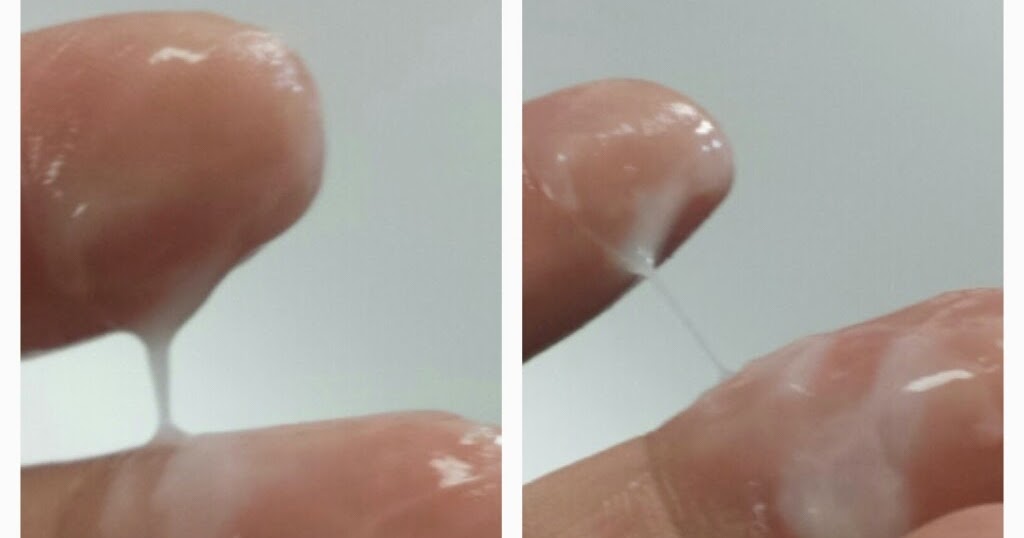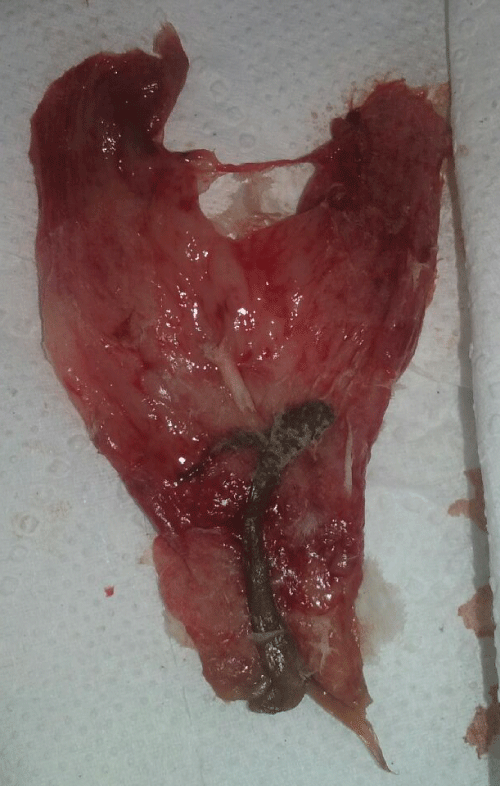
Most of the time, thick yellow mucus is associated with infection. In cases of yellow cervical mucus for instance, the culprits can be a little less obvious. However, not all cases of odd cervical mucus are so easy to identify. It can have a bad odor, and is normally easy to detect. During a yeast infection, cervical discharge can be thick and cottage cheese like in nature. One of the most common cases is a yeast infection. However, there are times that changes in cervical mucus can be alarming. Most of the time, mucus color changes little, although it’s opacity can fluctuate dramatically, going from a thin and clear substance to thicker and stretchier egg white cervical mucus, all in relation to the monthly cycle of fertility. And, it also helps to flush away bad stuff like bacteria. It helps to keep “unwanteds” out of the region of sensitive reproductive organs. Most of the time, clear cervical mucus is present and it serves several very important functions. It can in volume, texture and consistency several times throughout the monthly ovulation cycle. 💡 More from The 411: Mucus Plug vs.Cervical mucus can be a nuisance and sometimes just downright gross. (We give you permission! Bring on the kaftans!) Choose underwear made from natural, breathable fabrics, such as cotton.It goes without saying, but wipe from front to back after using the bathroom.

To help avoid infection and keep your vagina in healthy during pregnancy, you can: Maintaining good vaginal health during pregnancy: 5 tips

If you’re worried, wearing a panty liner can help you stay dry and comfortable. Usually, the leaking will happen only every so often, in quite small amounts, and you might be able to detect that telltale smell. It can be caused by changes to your hormones, pressure on your bladder from your growing baby, or a UTI (urinary tract infection). Leaking urine (aka incontinence) is a common-yet-slightly-annoying side effect of pregnancy. If you experience a light yellow discharge during pregnancy, there’s a possibility that what you’re seeing is actually a little bit of pee. The sooner you get treatment, the sooner you can knock that infection on its head and get back to enjoying being a mama-to-be! Leaking urine (incontinence) So give your healthcare provider a call as soon as you can and they’ll be able to help you figure things out. The good news is that both are relatively easy to treat with medication or antibiotics. Common infections include yeast infections and bacterial vaginosis which are caused by an imbalance of bacteria. After 37 weeks, this could mean that labor is starting soon - yay! Before 37 weeks, leaking amniotic fluid is called “ preterm premature rupture of membrane,” and often needs to be treated by your doctor so that you don’t go into labor before your baby is ready.Īnd because pregnancy is never simple, yellow discharge during pregnancy can also be the sign of an infection, especially if it’s accompanied by a strong smell, discomfort, or stinging. It leaks out when the membrane sac is broken open or “ruptures,” which is what happens when your water breaks before or during labor.ĭefinitely call your doctor if you think you’re leaking amniotic fluid. That’s the stuff that your baby has been happily swimming around in while growing inside you.Īmniotic fluid is very thin and watery in consistency, either odorless or slightly sweet-smelling, and can be light yellow in color. When you notice yellow discharge in the third trimester, it could mean you’re leaking amniotic fluid. Some common causes of yellow pregnancy discharge include: Leaking amniotic fluid Give your doctor a call if you’re at all concerned. If you see your discharge change from white to yellow during pregnancy, there might be a simple explanation, or it could suggest a problem that needs to be sorted out. What does yellow discharge mean during pregnancy? It’s caused by the increase in your estrogen levels during pregnancy, and you’re likely to see more and more of it as you head toward your third trimester. This will have a thin consistency and will be either odorless or mild-smelling. Right from the first trimester, you’ll probably experience clear or milky white pregnancy discharge. In this article, we explore the common causes of yellow pregnancy discharge and what to do when you spot it.


 0 kommentar(er)
0 kommentar(er)
